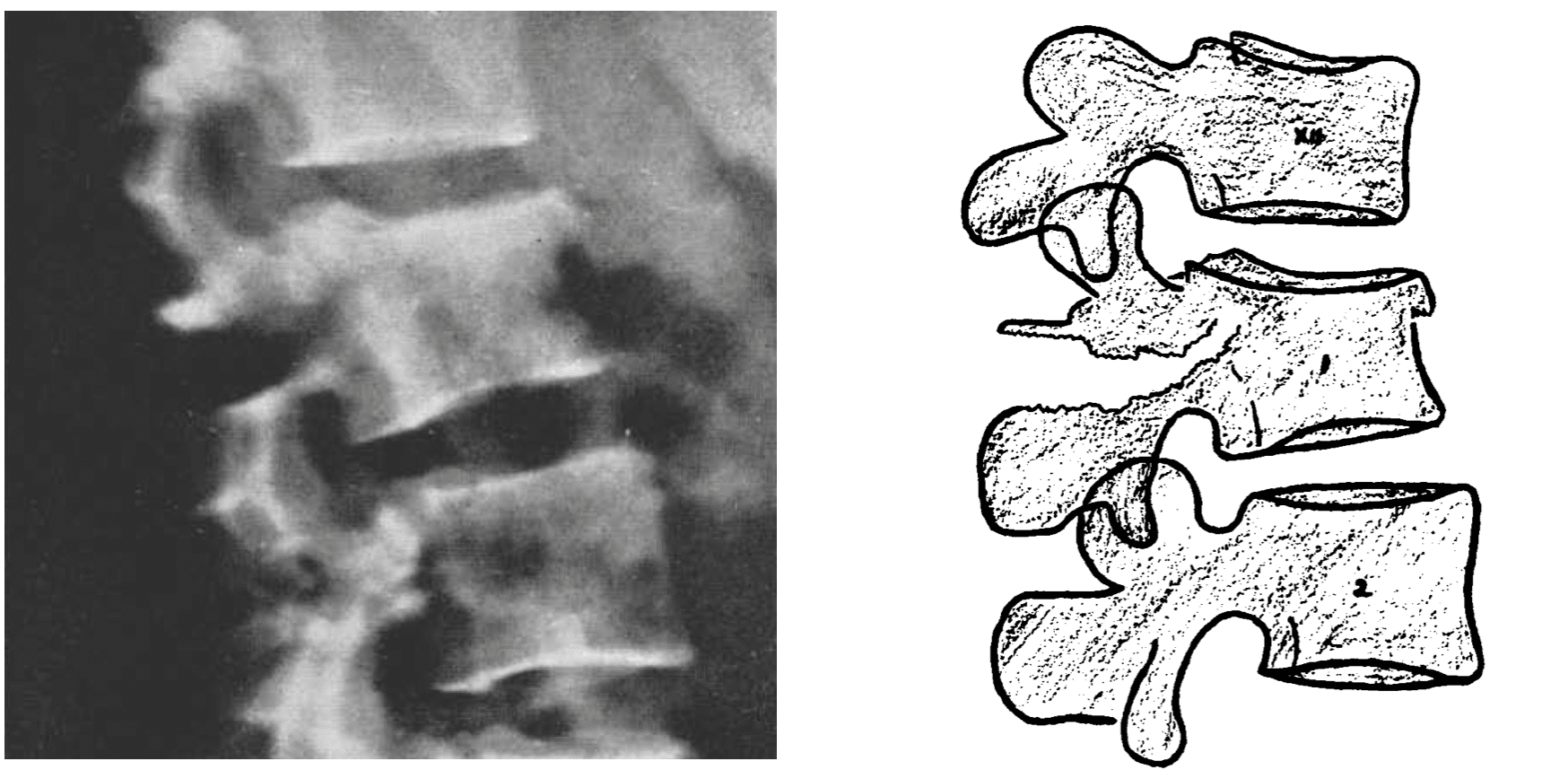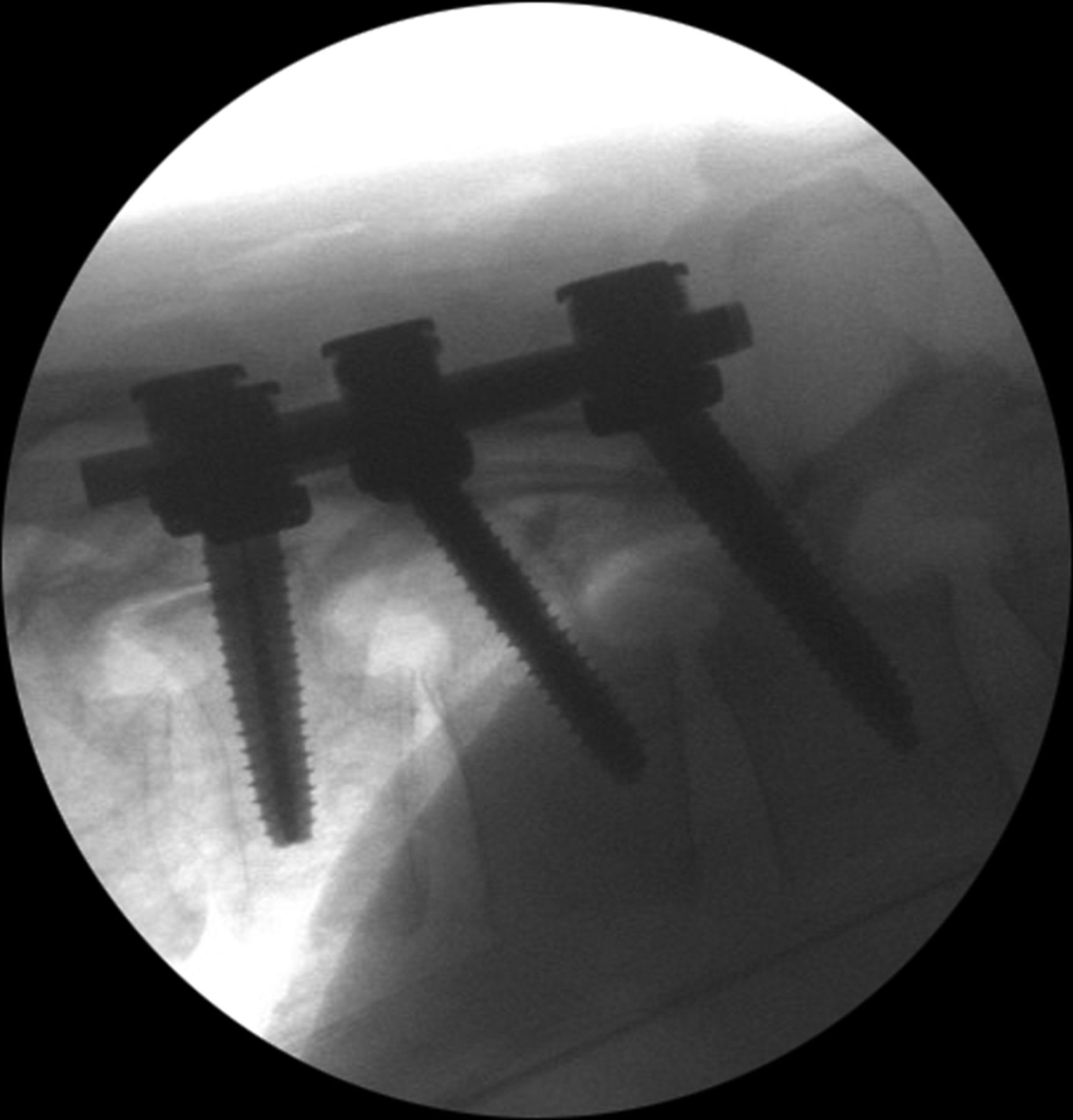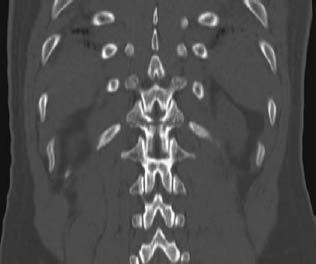

“Note on a type of flexion fracture of the spine.”. AAOS Atlas of Orthoses and Assistive Devices. Surgeons, American Academy of Orthopaedic (2008) (英語). Radiology for Anaesthesia and Intensive Care. ^ Hopkins, Richard Peden, Carol Gandhi, Sanjay (2009) (英語).Harris & Harris' Radiology of Emergency Medicine. A Chance Fracture, also known as a seatbelt injury, is a bad spine injury that occurs after a high energy accident, like a high speed car crash. Journal of Emergencies, Trauma, and Shock 10 (2): 70–73. “Seat belt-related injuries: A surgical perspective.”. Stock photo This sagital (from the side) CT reconstruction of the thoracolumbar spine shows a severe fracture dislocation secondary to a seat belt injury. ^ Masudi, T McMahon, HC Scott, JL Lockey, AS (2017).Emergency Radiology: Imaging and Intervention.


^ a b Eberhardt, CS Zand, T Ceroni, D Wildhaber, BE La Scala, G (May 2016).^ a b c “ Fractures of the Thoracic and Lumbar Spine”.^ a b c d e “ Wheeless' Textbook of Orthopaedics”.These injuries are highly unstable and often involve other abdominal injuries. In a Chance fracture, the bony elements of the spine are fractured but the ligaments remain intact. In children, this injury usually happens lower on the spine, in the area known as the mid-lumbar region. The purpose of this review was to determine how often these features occurred in a retrospective. CT-based observations made during routine interpretations revealed involvement of a burst component to this fracture pattern and a clue on the transaxial images to its presence. In the case of a Chance fracture, all three columns are involved, and the fracture line runs through the spine, injuring the lamina, pedicles, and vertebral body. Chance-type fractures are subtle unstable injuries that are often associated with intraabdominal injuries. The posterior column is represented by the pedicles, facet joints, lamina, spinous and transverse processes, and ligamentous complex. The middle column contains the posterior half of the vertebral body, its associated disc, and posterior longitudinal ligament. It consists of the anterior half of the vertebral body, disc, and anterior longitudinal ligament.

The first column is known as the anterior column. The thoracolumbar spine has three columns. They typically involve the 12th thoracic vertebra and first or second lumbar vertebra. A Chance fracture is one of three types of injuries resulting from these forces, which can injure the bone, ligaments, and discs of the spine.Ĭhance fractures most commonly occur in an area of the spine called the thoracolumbar junction (where the thoracic spine joins the lumbar spine). This is when the spine flexes, and then extends with too much force. While the seatbelt will likely save a passengers life during a. It gets the name seatbelt injury' because of the mechanism of injury, which is described as flexion-distraction to the spine. Chance fractures can generally be reduced by placing the patient on a Risser table with hyperextension applied to the thoracolumbar junction. Chance in 1948, a Chance fracture is caused by flexion-distraction forces upon the spine. A Chance Fracture, also known as a seatbelt injury', is a bad spine injury that occurs after a high energy accident, like a high speed car crash. Because of physics, a seat belt most commonly acts as the fulcrum and therefore the area of injury is lower than. The rib cage provides obvious support to the thoracic spine, and not as much motion is present in these segments as in the lumbar spine. Since the addition of the shoulder belt, these injuries are much less common.įirst described by G. The lack of reports on Chance fracture in the upper thoracic spine is, in part, due to anatomy. This is because they’re commonly caused by lap belt-style seat belts during car accidents. Chance fractures are also known as seat belt fractures. A Chance fracture is a type of spinal injury.


 0 kommentar(er)
0 kommentar(er)
